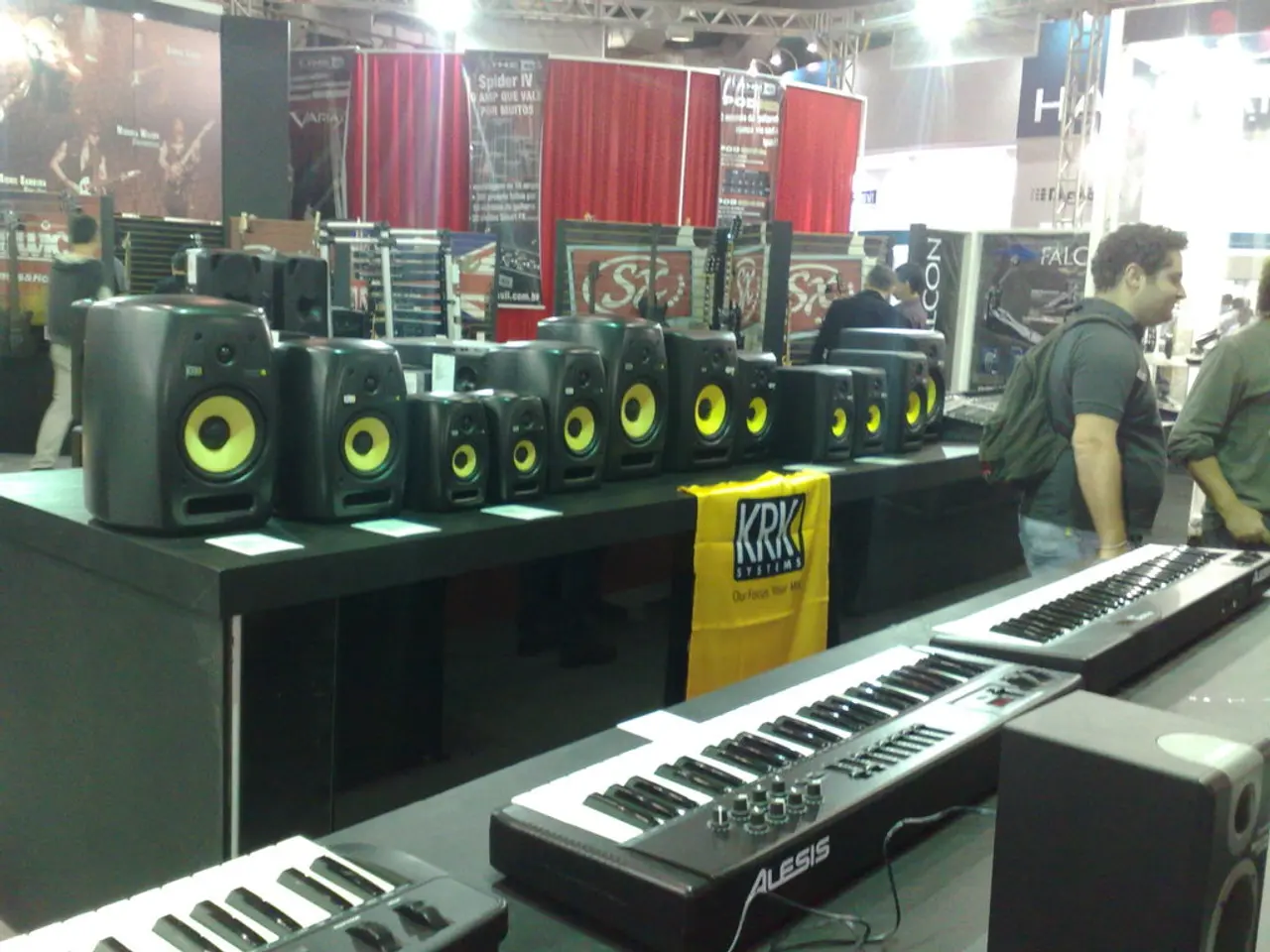Manipulated Roulette Wheels Discussed by R. Paul Wilson
In the world of gambling, the allure of manipulating roulette wheels to gain an unfair advantage has long been a subject of fascination. However, the reality is far different from the glamorous portrayals in movies like The Sting.
Modern roulette wheels in casinos are meticulously designed and monitored to ensure fairness. Casinos use advanced equipment that is continuously monitored through cameras, and the wheels feature uniform designs, random ball drops, and regular inspections to prevent any potential manipulation.
Historically, gaffed roulette wheels, which were often used in illegal gambling establishments, required physical tampering. Early versions used electromagnets hidden inside "Drop In" style wheels, while more recent models were activated by remote-control garage door openers or switches in the leg or far side of the table.
However, these gaffed wheels are a relic of the past. In modern, regulated casinos, the mechanical integrity, oversight, and probability-based design of roulette wheels make any attempt to cheat highly risky, difficult, and rare. The "house edge" built into the wheel, such as the presence of 0 and 00 slots, ensures the casino’s profit margin.
While it may seem intriguing to imagine a gaffed roulette wheel in a modern casino, it is both impractical and highly unlikely. Any attempt to cheat a roulette wheel mechanically or electronically would be quickly detected due to strict regulation and surveillance.
Yet, the allure of gaffed roulette wheels persists. They are, like an aging rock band, always poised for a comeback. Stories of well-built gaffed tables, such as those where players and dealers could spend years playing without suspecting the hidden device, linger in the annals of gambling history.
In rare cases, gaffed roulette wheels have been found in modern gambling establishments. A few years ago, an Asian casino was caught dropping a wire frame into numbers on a wheel if those numbers were being over-bet or were popular with big money players.
Despite these instances, it is important to remember that the odds in a game of roulette are determined by probability, not by manipulation. The thrill of the game lies in the unpredictability of the wheel, not in the hands of crooked maintenance staff or hidden devices.
In conclusion, while the idea of a gaffed roulette wheel may evoke images of glamour and intrigue, the reality is that modern casinos rely on mechanical integrity, oversight, and probability-based design to maintain fairness. Any attempt to cheat a roulette wheel mechanically or electronically would be both rare and quickly detected, making such manipulation negligible or nonexistent in current major casinos.
Casinos in the modern era employ meticulous designs and continuous monitoring to ensure that casino-games like roulette remain fair, diminishing the need for casino-and-gambling establishments to use gaffed roulette wheels as a means of manipulation, a common practice in the past. Such gaffed wheels, which once required physical alterations or hidden devices such as electromagnets or remote-control garage door openers, are no longer prevalent in today's casino environment, given the strict regulations and surveillance practices in place.






